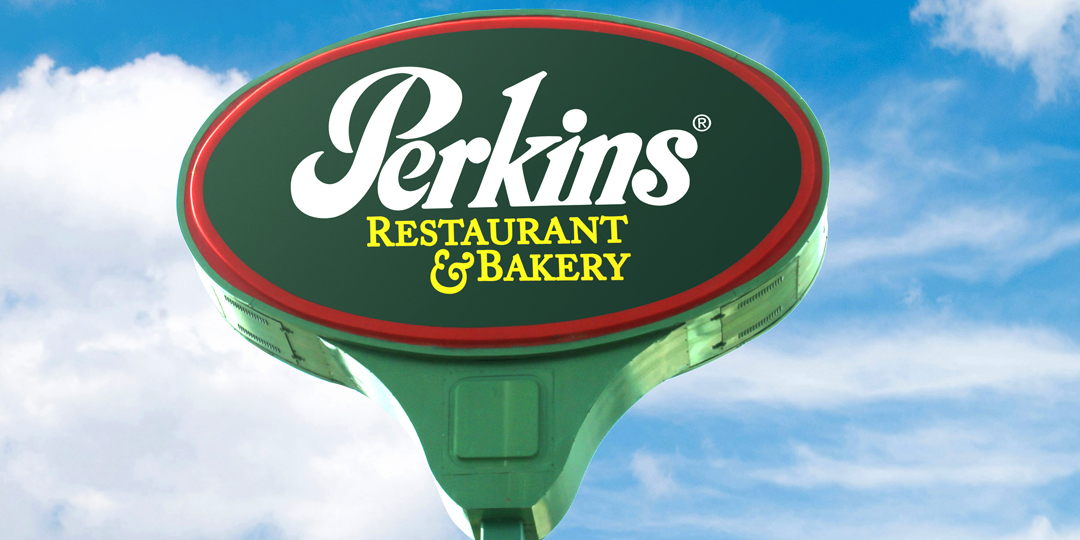Content:
The family restaurant franchise has quite a history, with many ups and downs. Today, there is quite a renaissance happening to the family restaurant as customers rediscover what they’ve loved about their favorite brands, like Perkins® Restaurant & Bakery.
A Brief, Storied History of Franchising
While it’s not exactly the franchising concept we understand today, early forms of franchising date to before the Middle Ages. That would be a lot of history to cover, so we’ll briefly summarize.
For Crown-owned land in England and Europe, influential people friendly to the Crown, including the Church, were granted rights to oversee these properties. These noblemen and church officials were allowed to charge tolls and collect taxes in exchange for building armies to protect these territories. The Crown paid some of these fees, and some were paid as royalties by the farmers who “leased” the land for crops or animal husbandry. This form of franchising was outlawed by the Council of Trent in 1562.
The Beginning of Franchising in the U.S.
Franchising began in the U.S. when Benjamin Franklin and Thomas Whitmarsh signed an agreement in 1731 to open a publishing business in South Carolina. Whitmarsh operated and maintained the business while Franklin administered the publishing brand and opened new printing businesses throughout New England.
Martha Harper, a Canadian-American woman, developed franchising as we know it today. She founded a haircare franchise called the Harper Method Shops in 1891. Determined that each Harper Method Shop duplicated her original location exactly, she built a franchising model, which consisted of initial and continued training, branded products, field visits, branded advertising, and many of today’s standard franchising features.
The Rise of the Family Restaurant Franchise
The first restaurant to franchise was A&W in 1924 with the car-service concept. Servers would “car hop” on roller skates to bring patrons their food.
While franchising got an early start, it wasn’t until after WWII that it really began to grow roots in the American social fabric. The initial restaurants that seemed to take well to franchising were fast-food style. Many restaurants opened in the 1950s boom are still in business today: Dairy Queen, KFC, and Jack in the Box to name a few.
The first family restaurant franchise was a diner called the Waffle House in 1955. They serve Southern food, emphasizing breakfast while centering their famous waffles. They touted their charm, the welcoming atmosphere, and how the food tastes as good as homecooked to hook their customers.
In the 1950s and 1960s, incomes were rising, and a pro-family vibe took hold across the nation. More families were able to afford cars. Sunday drives became a popular family outing, followed by dinner at a nice restaurant. Families became the customer base of the future.
By 1976, the National Restaurant Association identified the favorite eating spots of families as family restaurants, fast-food eateries, and theme restaurants. Restaurants that served families well, like Howard Johnson’s, Bonanza, IHOP, and Denny’s, all seemed to have the family meal in the bag.
The 1980s saw the rise of intense competition in the restaurant industry. The growing interest in healthier foods saw more diverse choices on menus, as well as a rise in “food fashion,” where chefs became celebrities and penned cookbooks that flew off shelves.
Franchising thrived, and corporations operated 540 chains with over 60,000 locations across the United States by the middle of the 80s.
However, by the 1990s, an economic downturn changed the way people spent their discretionary dollars, and restaurants began emphasizing efficiency and speed because it was less expensive at the register. Quick-service restaurant franchises did great with this business model, but the family restaurant franchises suffered, and many closed their doors.
Family restaurant franchise opportunities dried up, and grabbing a quick burger became the family meal of choice. However, trendy restaurants were still happening. The James Beard Foundation formed its awards program in 1990 to award top industry chefs. The only gap seemed to be the family restaurant franchise.
Until Cracker Barrel and Applebee’s cracked the 30 largest family restaurant franchise chains in 1998.
The Family Restaurant Franchise Today
Today, there’s a renaissance in the restaurant industry, reawakening the family restaurant franchise of yore. Our busy pace, our desire for healthier foods, and the need to unplug from our digital lives and reconnect with those we love make the family restaurant a special place.
At a family restaurant franchise, we can be welcomed with a smile, shown to a comfortable seat, served wholesome food that’s cooked with attention and care, and encouraged to enjoy time with our loved ones and friends over classic or contemporary entrées.
There’s one such family restaurant franchise that’s been here the whole time, since 1958, serving the right blend of iconic dishes with a fresh twist. Perkins® Restaurant & Bakery has been with our customers and our franchise owners for decades, doing what we do best and welcoming families into our booths and our hearts for 65 years now.
As a pioneer in the family restaurant franchise space, we’ve perfected how we support our franchise owners in serving our guests and operating our restaurants across the United States. We’re thrilled to still be a major player in the family restaurant business, and we hope to be around for another 65+ years.
If you’re ready for a rewarding family restaurant franchise opportunity that includes owning your own business, being part of your community, and connecting with people every day, then we’d love to hear from you! Contact us about becoming a Perkins® Restaurant & Bakery franchise owner today!
